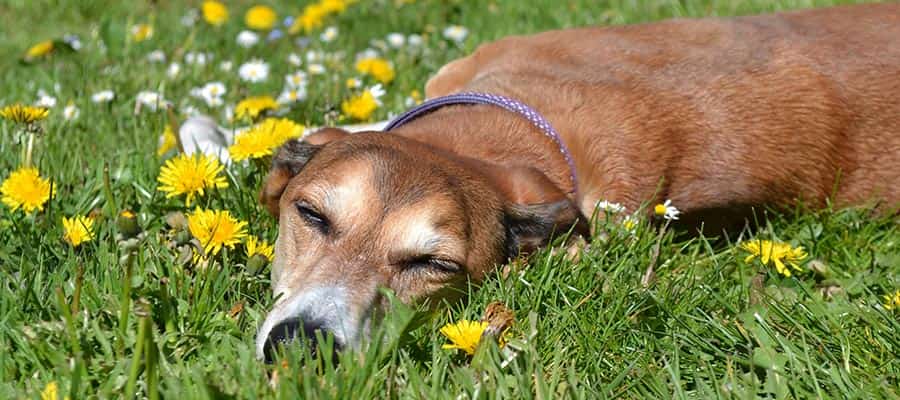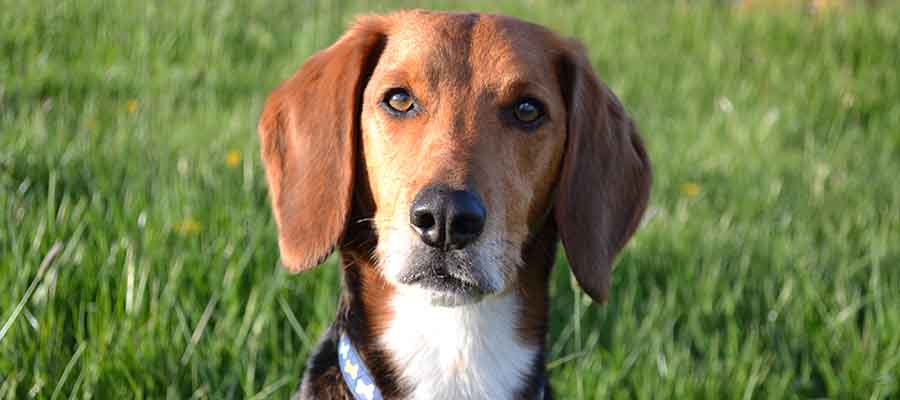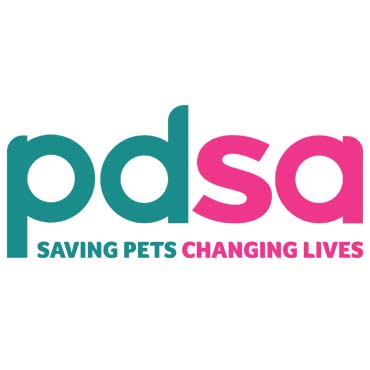Many people with a dog and a garden will be able to recognise those tell-tale yellow patches where they’ve been to the toilet. Usually, it’s worse if you have a female dog (as males tend to prefer to cock their leg up against something at the side of the garden!), but both can kill your grass.
You’re unlikely to completely stop your dog from killing the grass, but there are some things you can do to lessen any damage.
Why does dog pee kill grass?
The first thing to know is that dog pee killing grass is completely natural. Because dogs naturally have nitrogen in their pee from the normal breakdown of proteins, when it hits the grass it can ‘burn’ the area they pee on. A common misconception is that the grass is damaged because of the pH (acidity) of the urine, but this is not true. On the bright side, the grass surrounding this will get extra nutrients from your dog’s pee so will probably start to look greener!
What can I do to stop my dog’s pee burning the lawn?

Although it’s hard to stop your dog’s pee harming your lawn completely, there are a couple of things you can try so it doesn’t have as big an impact:
- Water it down. When your dog pees on the grass, try to water it down as soon as they finish with a watering can or hose. This will help to dilute your dog’s pee and lessen the effects.
- Train them. You could use positive, reward-based training to teach your dog to pee in one specific spot. This means rewarding them when they go where you want them to, but ignoring it if they go anywhere else (you’ll probably want to water down these accidents!). Never punish your dog for peeing in the ‘wrong’ place as this could put them off peeing outside altogether!
- Consider getting a ‘pee post’. Some pet shops will sell posts you can stick in the ground to encourage male dogs to pee against them.
- Provide more water. It’s important anyway to always provide your dog with clean, fresh water and the better hydrated they are, the more watered down their pee will be naturally! You could also try adding water to their food, or feeding them a canned food that will dilute their pee further (though this may result in them needing to pee a lot more!)
- Take care of your lawn. Regularly watering and feeding your lawns (with something pet-safe!) will help to keep it in tip-top condition and mean that repairing pee damage from your dog is easier to do.
- Walking first thing. To minimise the damage to your lawn, you might want to take your dog for a short walk first thing in the morning so they can pee elsewhere. Just remember to take plenty of poo bags!
Some people also section off their garden to make a designated toilet area for their dog, but again you’ll need to train your dog to use this area first!
Can supplements help?

We’d never recommend giving your dog anything that will upset the natural pH of their pee (which doesn’t help with the brown patches anyway). This could cause all sorts of problems – infections, bladder stones etc. It’s best to use one of the methods above to help stop urine scalding on the lawn as these methods will not harm your dog.
There are products available that claim to stop your dog’s pee killing your lawn without changing the pH of their urine, for example ‘dog rocks’. If you’re considering a product like this, we’d recommend researching it thoroughly first and reading the reviews. Again, avoid anything that will upset your dog’s natural pH or give them an upset stomach - you may want to have a chat with your vet before using these products.
And maybe consider that a few brown spots on the lawn are a small price to pay to see your pampered pooch enjoying your garden!

